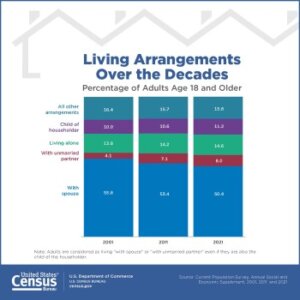How is Child Support Calculated in Alabama
How is child support calculated in Alabama? Generally, there is a formula the Courts use. However, it is not that easy since when two parties have a minor child, their quick divorce can be a little more complicated. In addition to the division of their marital property, they will also have certain obligations regarding their child, which typically include child support and child custody and visitation. Child support tends to be the easiest of the two because there are certain guidelines and factors that must be considered, which provides some consistency in the amount awarded. Child support is only determined after custody and visitation have been decided because the non-custodial parent will be the one who is ordered to pay child support.
Every child has a right to be supported by their parents, and this right does not go away if their parents get divorced. In Alabama, an individual is considered to be a child if they are under the age of 19 years old, so if the parties have a child that is 19 years of age or older, then there is no child support obligation. Child support is a set amount that is periodically paid by the non-custodial parent to the custodial parent in order to financially assist them with the care and maintenance of their child. Child support is meant to provide for more than just food, clothing, and shelter. To determine the amount of child support that should be paid, the court will look at the child’s financial need and the parents’ ability to pay. The court may also consider the child’s standard of living prior to their parents’ online divorce in Tuscaloosa before making its decision.
Alabama has statutory guidelines that must be considered when determining the amount of child support to be awarded. The court will first calculate the gross monthly income of each parent. This includes any money they received from any source, but it especially includes the parents’ ability to earn income. Then, the court will make any needed deductions before adding the parents’ gross monthly incomes together and calculating the percentage share of each parent.
After calculating the percentage shares, the court will look at the Basic Child Support Obligation, which is determined based on the combined adjusted gross income of the parents and the number of children they have. Next, the court will deduct as necessary for childcare and health insurance, and then, the amount will be totaled with the percentage shares calculated based on that total. It is mandatory that each parent pays a certain percentage of child support, but the percentages are not necessarily equal in a Jefferson County divorce.
However, these guidelines do not have to be followed absolutely in an uncontested divorce in Madison County. The Circuit Court has the discretion to award whatever amount it believes to be appropriate for the circumstances, and the non-custodial parent is legally obligated to pay whatever amount the Circuit Court deems proper. The court may decide to stray from the guidelines based on circumstances like childcare costs, transportation costs, or a greater than average shared custody and visitation. If it does deviate from the guidelines, the court must explain in detail their reasoning for doing so, or the order may be reversed on appeal.
Attorney Steven A. Harris regularly blogs in the areas of family law, bankruptcy, and real estate closings on this website. He is always available in any of the firm’s offices or by phone anytime for a consultation. Mr. Harris tries to provide informative information to the public in easily digestible formats. Hopefully you enjoyed this article and feel free to supply any feedback. We appreciate our readers and love to hear from you!
Sharing is caring:







